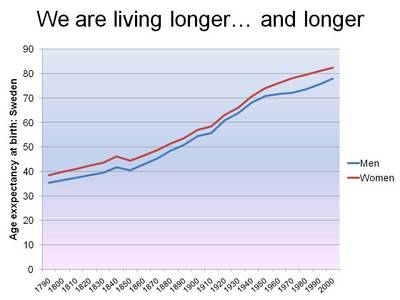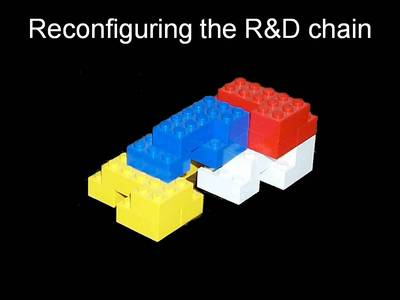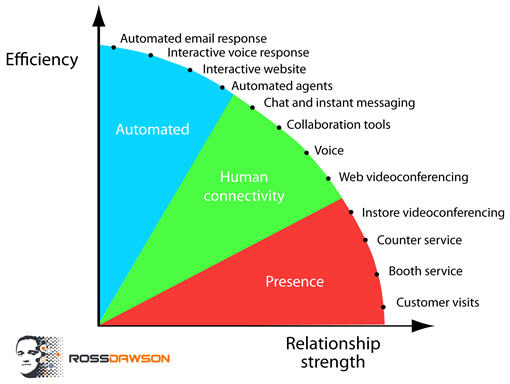The case for the death of cash by the hand of digital currencies
Recently I gave the opening keynote at the ATM and Branch Automation Seminar run by Payments Consulting Network.
In my keynote I spoke about the broader trends in technology, society, and business, and then looked at some of the uncertainties impacting ATMs and branches. Clearly one of the most important is the future of cash.
I noted that while I’m happy to predict the timing of the death of newspapers, I’m not prepared to make firm forecasts on the death of cash. The uncertainties are simply too big.
There are many payment mechanisms that are replacing cash, notably mobile wallets and contactless cards, and in many developed countries there is clear evidence that these are beginning to reduce demand for cash.
However this does not mean cash will die.
It is a useful futurist exercise to ask specifically why cash might be resilient and still be used for a long time to come. The more important reasons for people continuing to use cash include:
– Black market. Cash is the preferred means of payment for illegal activities. €1 million in €1,000 notes weighs just over 1kg. Beyond organized crime, the informal economy is often significant, with for example estimates of the share of Italy’s economy that is undeclared ranging as high as 50%.
– Personal anonymity. Many individuals engage in transactions that they don’t want their spouses, for instance, to be aware of, or simply don’t like what they do being tracked by banks, credit agencies, or anyone else.
– Concern about financial system. During the 2008-2009 global financial crisis cash issuance went up substantially, driven by fears that banks were not secure places to hold assets. It is interesting to note that in many countries the amount of cash issued continues to rise, while retail cash transactions start to decrease, suggesting an increasing role of cash as a store of value. As much as 60% of the cash float in Switzerland is in CHF1,000 notes, which are rarely used for purchases.
– Immediacy. Recipients of cash can use the funds immediately, leading to discounts for cash payment. Payment processing is getting faster, often to next-day, and in many countries there is a push for real-time payment processing, however the timeframe and scope for that is not clear.
– Habit. Many people are used to cash and like it.
These are indeed solid reasons for many people to like cash. This would seem to provide ample reason for cash to continue to exist indefinitely.
HOWEVER… it turns out that digital currencies such as Bitcoin have the potential to address almost all of these issues.
Bitcoin provides anonymous, immediate transactions. It is transacted entirely outside financial institutions.
Its existence and value is independent of governments that issue fiat currencies. As trust in governments’ financial situations erode, this suggests that people will seek to move away existing currencies.
The last few years’ experience suggest that Bitcoin is a solid, well-tested platform. If we start to get critical mass in acceptance of Bitcoin and well-designed mobile and web Bitcoin wallets it is absolutely possible for it to be a significant rival to cash for peer-to-peer payments.
On the point of habit, it is worth noting that people wanting something doesn’t mean that it will be available. Just as demand for printed newspapers doesn’t mean that there is an economic model for printing them, cash will only have value if people or shops still want to accept it.
Just as check processing systems are likely to be shut down as check usage drops to sufficiently low levels, if cash usage erodes enough, many retailers may not want to accept it and it may not be worth continuing to support as a payment mechanism.
There are however three major challenges for Bitcoin completely replacing cash.
– Volatility. If Bitcoin gathers greater acceptance, given there is a finite number of possible Bitcoins, there will undoubtedly be price overshooting as people join the system, and subsequent price adjustment. As a result, it is highly unlikely that Bitcoin prices will stablize for the foreseeable future. Since one of the major uses of cash is as a store of value outside of the financial system, Bitcoin will not meet those needs well.
– Ease of use. Buying, storing, and transacting Bitcoin can be complex and unwieldy. For broad-based uptake of Bitcoin extremely easy-to-use interfaces to the currency would be required.
– Government regulation. The Canadian tax office recently released a fact sheet on Bitcoin; other government agencies are beginning to grapple with the many implications of Bitcoin’s rapidly rising usage. It is possible that some governments will seek to effectively ban Bitcoin, or regulate it to a degree that makes it unattractive to many people. It can still be valuable to those who seek anonymity, however it could never be a de-facto currency if it is not within regulated use.
This is of course a very simple analysis, and there are many other issues to consider. However there remains a real case that cash could in fact die – or have very low levels of usage – before long. The very important reasons listed above for cash to continue could all be massively eroded by digital currencies.
In short, digital currencies such as Bitcoin MAY be enormously disruptive to cash and payments. The thought experiment is very useful, though uncertainties still abound.
Payments are at the heart of business and society, and it matters enormously if they fundamentally change. There are many other dimensions to the changing payments space, and I will be closely following its evolution.






